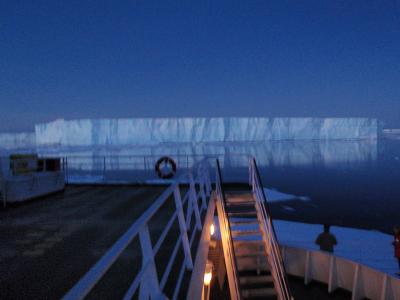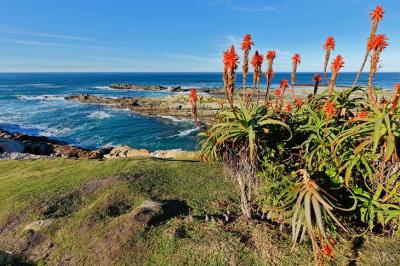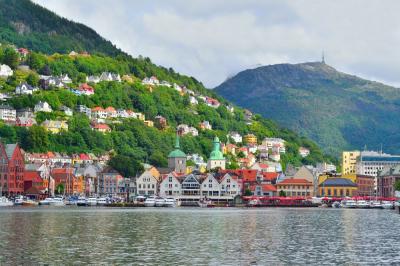Welcome to Brazil
Brazil is a unique country which is bigger than the major part of the United States excluding Alaska. The Brazilians like to say they live in the whole continent. The distance from the western border of Brazil to Recife located in the eastern part will be longer than the distance between London and Moscow. The distance between southern and northern parts will be about the distance between Los Angeles and New York. There are no mountains in Brazil, but in spite of this fact Brazil possesses all cultural and scenic varieties the traveler expects to observe in new places. More than two-thirds of the population in Brazil lives not far away from the coast. The two greatest world metropolises São Paulo and Rio are located in Brazil. More than a million of citizens live in other ten cities in Brazil. Brazil is considered to be the frontier country. When you go deep into the country the population becomes thin. South Americans prefer regarding Brazilians like a race which is apart. Brazilians can understand Spanish, but those who speak Spanish won’t understand such language as Portuguese. Brazilians look rather different. The distinctive trace of German immigration has been left in Brazil. The biggest Japanese community lives in São Paulo. The Indian community still lives in the Amazon. Portuguese and Italian immigrations are rather great and their influences are felt all across the country.
Brazil is the country of economic contradictions. Post-war development and industrialization changed the country greatly and made it one of the ten world largest economies. Brazil is converted into one of the leading agricultural exporters in the world. Millions of Brazilians have become the middle class in the country and can afford basic education and health care for themselves. Nevertheless social dividing still exists in the country. Favelas can be found in big cities as well as shantytowns crowded around the skyscrapers. You can observe the simplification of the economic development which falls the further east or north you go.
Brazil possesses great natural resources the exploitation of which has benefited just fewer it ought to do. The problems lie in the corruption, in the inefficient and bloated public sector and the reluctance of the middle class. The level of violence is also rather high in Brazil, for example more than seventeen murders in a day can be counted in Rio de Janeiro. Nevertheless all these difficulties don’t affect the amount of tourists in the country. Beach culture, the unbelievable regional cuisine, the superb music, the celebration of Carnaval attract millions of tourists every year. Also Brazilians are tolerant to homosexual relationships.
Brazil is a child-friendly country and welcomes children in a manner that is very different to European countries and North America. However, families with children are respected by even thieves and assailants, it makes travelling with children in Brazil fairly easy.
Be patient in travelling around the country and rather focus on the must-see things on your itinerary instead of trying to see too many things. Flying domestically can be time-consuming due to both scheduled and unscheduled stops. Similarly, long bus rides are exhausting and usually overnight. Children who take up a bus seat pay full price, ten percent of plane fares if they’re under the age of two, half-price if they’re aged 2-12 and full price if they’re older than that. There are nurseries available at the newer airports and attendants will even draw a bath for your baby. When renting a car, be advised that baby seats are not provided as they are costly in Brazil, so make sure you bring your own. The front seats are fitted with three-point shoulder seatbelts, but generally only have lap belts in the backseats.
Children aged 5 or younger usually stay at hotels free and most rooms are furnished with a double and single beds; baby cots are not always available. The largest rooms are seldom accommodated for more than three visitors, but it’s possible to book interlinking rooms in larger hotels. Some hotels, particularly mid- and low-range ones, will even offer discounts for children sharing rooms with their parents. Apartment-hotels are usually cheaper if you plan to spend more than a few days in a particular city; they are usually accommodated for several people and offer basic facilities for cooking. Most bathrooms provide only a shower although a baby bath is sometimes available.
TV lounges, in-room televisions, game rooms, swimming pools and gardens are often found in mid- and upper-end hotels. Large towns also tend to have cinemas with multiplexes in shopping centres. This is something to keep in mind if you need to entertain kids.
Don’t worry too much about finding food options for your children because it’s easy to find familiar dishes. Meal portions are usually very big, so one dish is enough for two people. Many supermarkets in Brazil are stocked by baby food, but make sure you do not use tap water to wash bottles or mix the formula. Most hotels will let you store baby food in the hotel fridge if there isn’t a bar fridge in your room. However, it’s always a good idea to bring an insulated bag or cooler bag.
Brazilians do not really use diapers because they are expensive at approximately R$12 for 20.
While health is generally not an issue, you may need to take anti-malaria tablets if you’re heading to areas like Rondônia, where malaria is quite widespread. Other than this, check if you need the vaccines for any part of your itinerary (especially in the Amazon). Also, ask if any of the vaccines have negative side effects for children or babies. In any case, insect repellent and sunscreen are likely to be the most useful things you’ll need while staying in Brazil.







